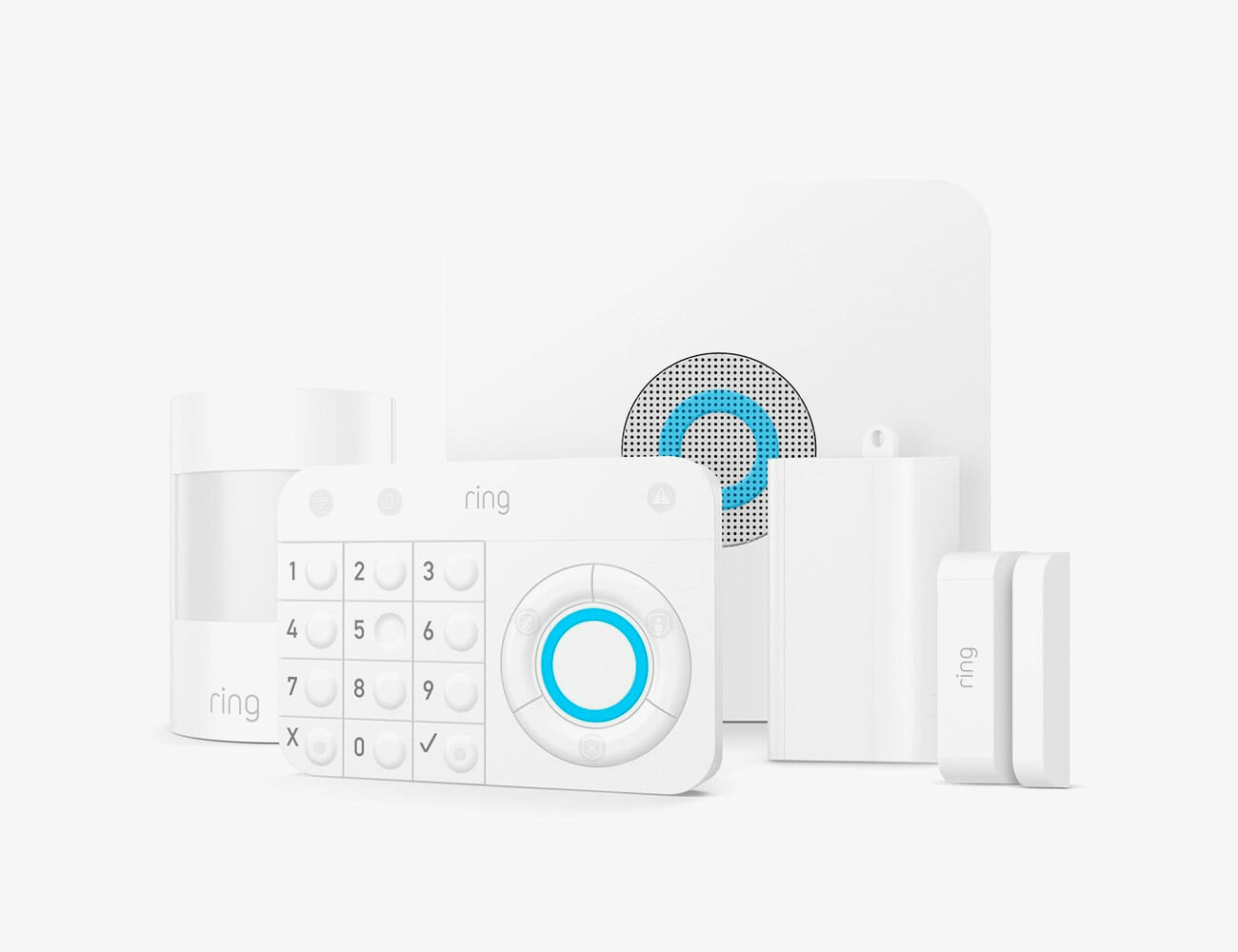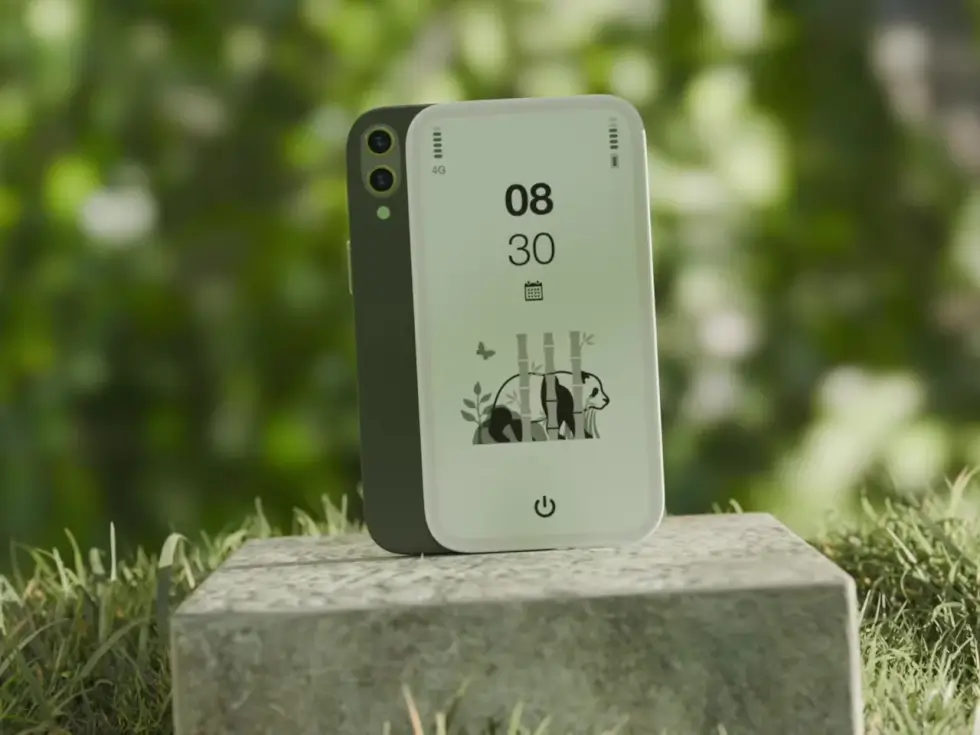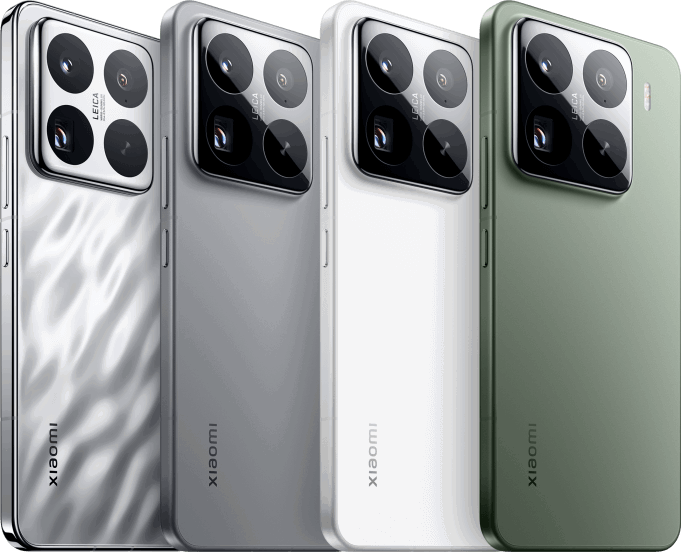Smart alarm systems are to old hard-wired systems what Netflix is to cable. Gone are the days of mandatory multi-year contracts, wires running down widow frames, and keypads requiring home phone lines. The new generation of DIY alarms can be both self-monitored and professionally monitored, their behavior is fully customizable, the cellular and battery backup means you don’t need a phone line and you don’t have to worry about losing power. They integrate with other smart home devices and ecosystems, as well as with smart cameras, smart locks and smart bulbs. And they can save you money on your home insurance.
Today, there are more DIY alarm systems on the market than ever before, and it’s time to get smart about smart home protection. We found that all of the systems we tested were easy to get up and running in a matter of minutes. We did spend some time with tech support to restart a sensor that became unpaired, and we had some disruptions to our home wifi that required a firmware update, but all issues were easily remedied. The only feature that none of the systems had that we’d like to see in the future is an app-based panic button accessible to every user right on their phones.
Ring Alarm
The Shark Tank investors who turned down the founder of Ring are likely still kicking themselves. We love the Ring Alarm app, which has a localized neighborhood watch, as well as localized police blotter, addition to full control of the system. The hardware is attractive, though the indicator lights on the hub and keypad could be an issue if someone were sleeping in the same room with the system. The siren has a unique tone, and was the most intimidating of the group. Ring’s professional monitoring also presents what we felt to be the best value of the systems we tested.
Accessories: Ring video doorbells, flood and freeze sensors, smoke and CO2 sensor, additional siren, Ring smart lighting, and a broad range of Ring indoor and outdoor security cameras. (You can check out all Ring’s accessory offerings, here.)
Compatibility: Google Assistant, Alexa and Z-Wave smart locks.
Monitoring Plans: Free self-monitoring. $3 per month for video recording of for up to 60 days. $10 per month or $100 annually for professional monitoring and cellular backup. No contract.
Recommended For: Those who want the best value in a professional monitoring plan and a broad range of accessories to grow the system later on.
Nest Secure
Nest has our favorite hardware of the group. The base unit is compact with excellent build quality — functioning as a siren, hub, keypad, and motion sensor. Though at $399 for a starter kit, it was also the most expensive system. The door and window sensors also double as motion sensors for an added dimension of use and an additional level of security. The app lacks some of the customization options of other systems, but a very clean UI that for some, may be preferable. This system just feels polished, and with Google as its parent company, it should be.
Accessories: Nest’s Video doorbell, 1080p indoor and outdoor cameras, and smart lock. (You can check out all Nest’s accessory offerings, here.)
Compatibility: Google Assistant. Nest Cam IQ Indoor and Outdoor cameras work with Alexa, but Alexa cannot currently control Nest Secure.
Monitoring Plans: $19 per month with a 3-year agreement, $29 per month, month to month. Free to self-monitor.
Recommended For: Those with a shrewd eye for build quality; who either intend to self-monitor or don’t mind entering a 3-year contract to get the best value for professional monitoring.
SimpliSafe
Simplisafe was one of the first systems to come in and disrupt the old home alarm model, and the latest iteration of the system is very appealing in both black or white, with a solid build quality that was the best hardware value of the group. The keypad is tactile and superb, offering full control of the system, and would be ideal for those who want a range of access to their system without going through an app; the key fob is slim and the best fob among all the systems. Secret alerts allow customized actions that those setting off sensors are not aware of. To maximize Simplisafe’s features, however, you must have the top-tier monthly service.
Accessories: key fob, CO2 sensor, leak sensor, freeze sensor, extra siren, panic button, doorbell camera and 720p interior camera. (You can check out all SimpliSafe’s accessory offerings, here.)
Compatibility: Alexa, Google Assistant
Monitoring Plans: $15 for professional monitoring and cellular backup and $25 to add app integration. The app will not work unless you have the $25 “interactive” plan.
Recommended For: Those who either don’t want to use an app to control their system, or those who intend to get full use of the interactive plan by adding exterior doorbell or interior cameras.
Scout
Scout puts an emphasis on customization, both in the ease of buying your system piece by piece and with an app that makes custom behaviors the essence of the user interface. You tell the system to do exactly what you want it to do under what circumstances. If you want it to text you every time the back door opens, it will. Blare its siren the moment a sensor detects motion in the garage? No problem, just set your preferences. The compact hardware is ideal for small spaces but entirely scalable, though the hub does require an ethernet connection.
Accessories: Smoke/CO2 sensor, leak sensor, glass break sensor, smart lock, and 1080p indoor camera. (You can check out all Scout’s accessory offerings, here.)
Compatibility: Google Home, Amazon Echo, Nest, Hue, LIFX, and IFTTT.
Monitoring Plans: No-contract plans begin at $10 for cellular backup, $19.99 with professional monitoring. The app is the only way to control the system and it does not function without a monthly plan.
Recommended For: Smaller houses or apartments where size matters; those who want an app interface designed around customized alerts, and who intend to always have a monthly plan.
Abode
Abode has gone further than any other system in the group to offer a range of entry sensors — with slim and recessed options — to be as unobtrusive in your home as possible. The hardware is solid, particularly the multi-function key fob, though the hub does require an ethernet connection. Abode’s liberal integration with other smart home devices and ecosystems shows a willingness on the part of Abode to not put up boundaries for their customers; a philosophy also reflected in their flexible monitoring plans.
Accessories: Mini, recessed, and extra slim door and window sensors; glass break sensors, water leak sensor, wide-angle indoor motion camera, 1080p indoor video camera, keypad, smoke/CO2 sensor, indoor and outdoor sirens, key fob, and smart locks. (You can check out all Abode’s accessory offerings, here.)
Compatibility: Alexa, Google Assistant, Abode Cue home automation, Nest, Hue, LIFX, and more.
Monitoring Plans: Free to self-monitor. Cellular Backup $10 per month. $30 per month professional monitoring, no contract. They’re the only system that offers short-term monitoring plans for traveling, with 3-day plans for $8 and 7-day plans for $15.
Recommended For: Travelers who want professional monitoring when they’re on the road and self-monitoring when they’re home, or those who want sensors that can hide from sight indoor and window frames better than any other system on the market.









